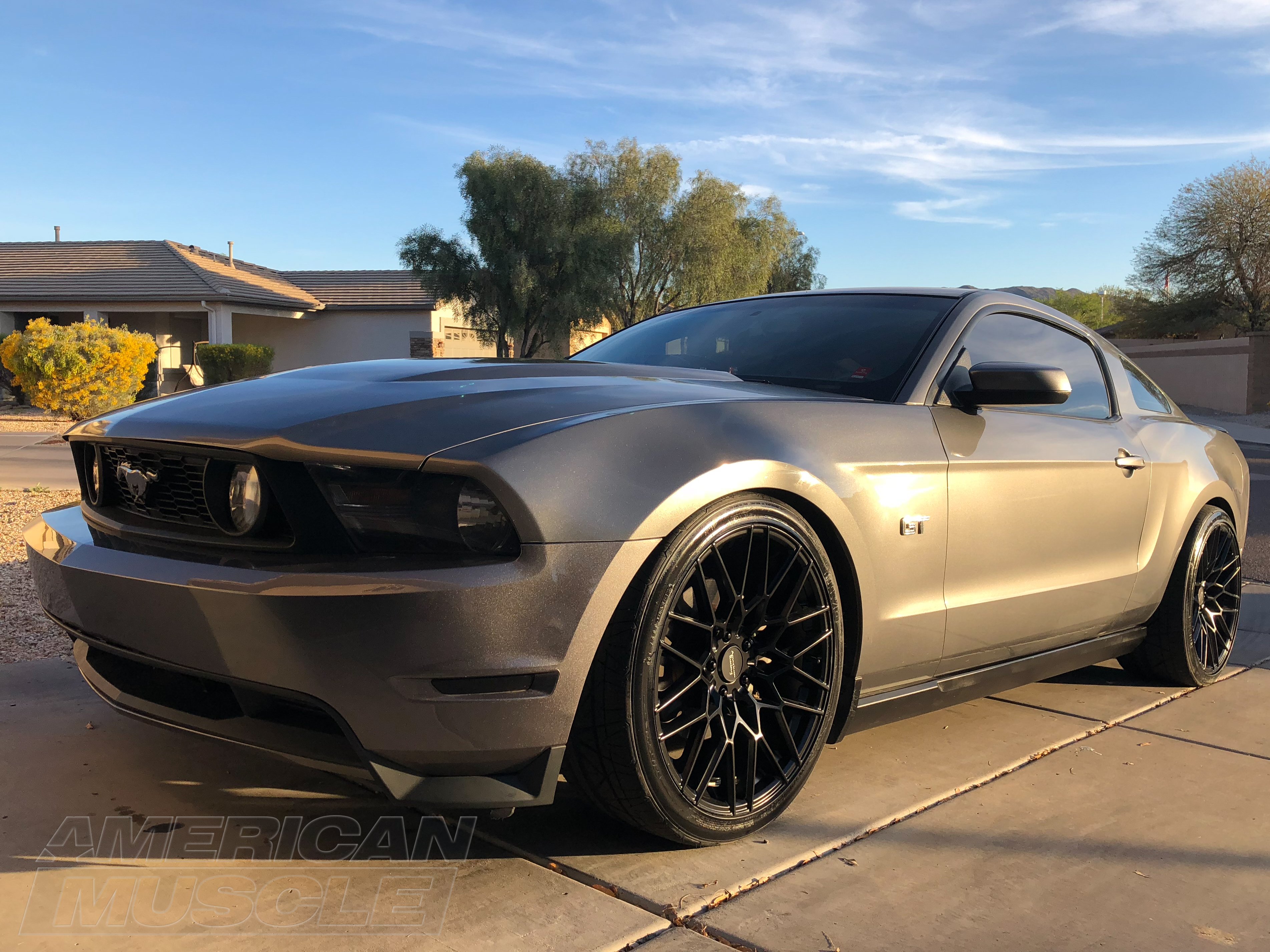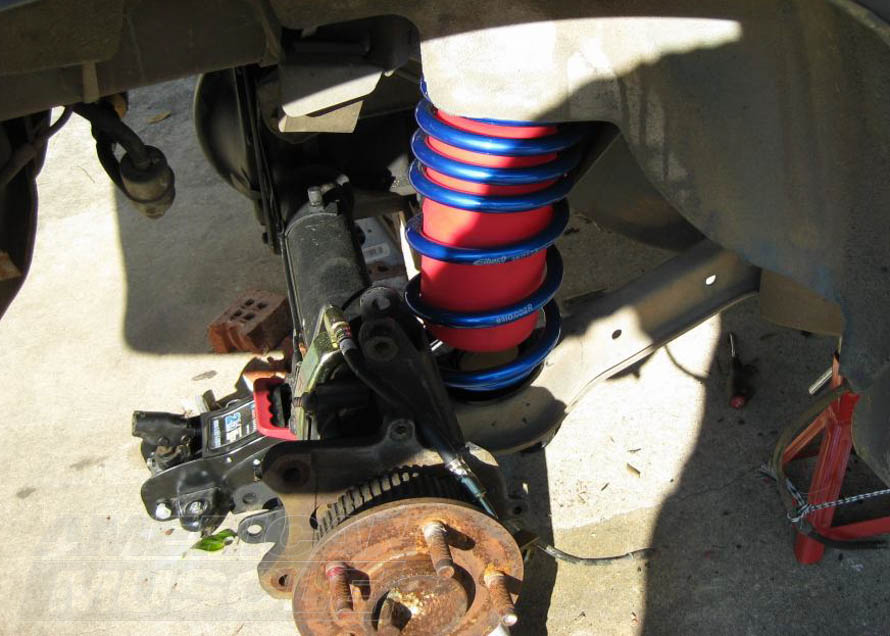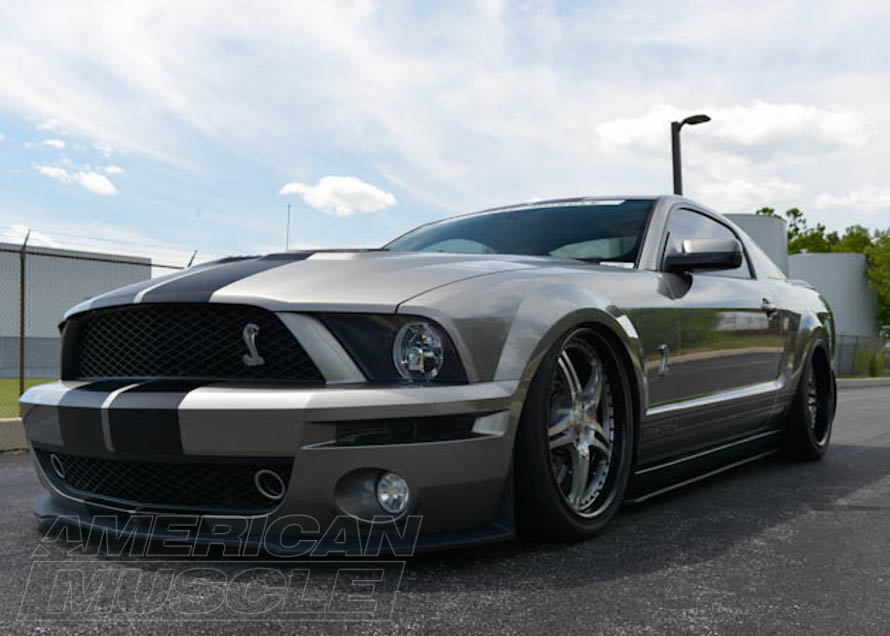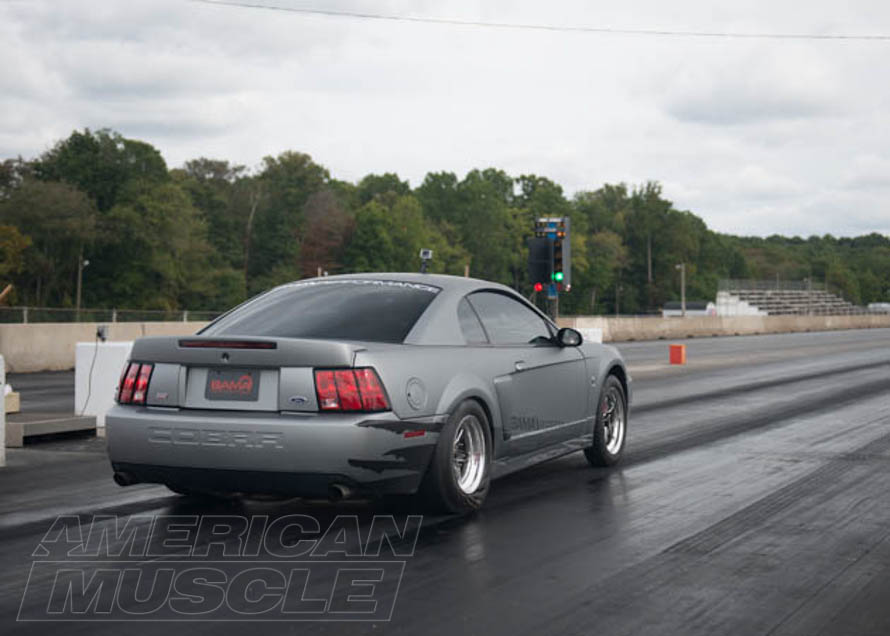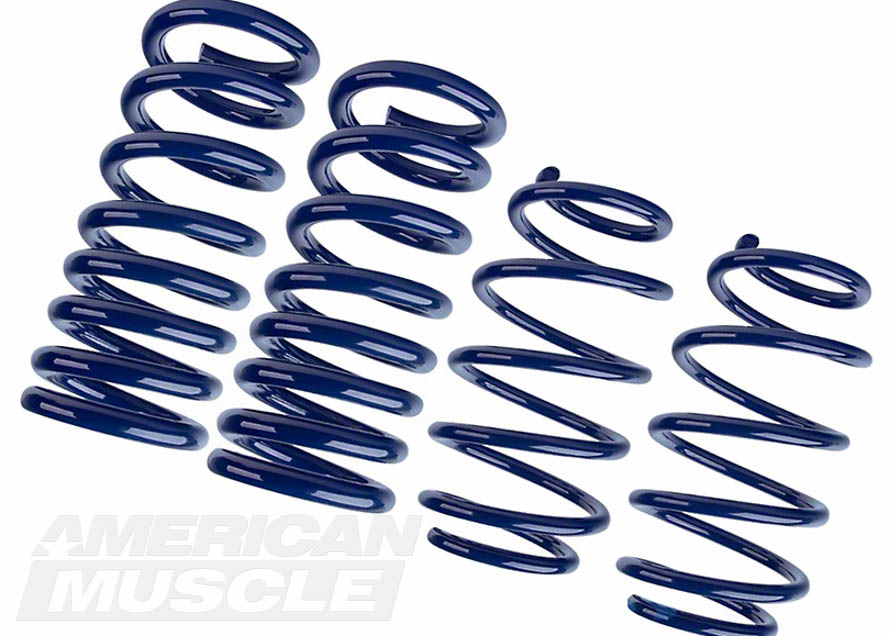Standard Rate Springs: are geared more toward those who don’t mind sacrificing some ride quality for ultimate performance. These springs will be firmer at all times, which doesn’t allow them to absorb as much of the road as progressive springs and offer a bit of a harsher ride even over small bumps. Standard springs have a spring rate that rises in a linear manner. While the spring rate can increase as the spring is compressed, it rises in a predictable manner. For example, at the first inch of travel, it may be a 50 lb. rate while at 2 inches it will be 100 lbs., and at 3 inches a 200 lb. rate.
While the rate will vary from spring to spring, the increase in rate is predictable. Standard springs are most often used for drag and road racing applications, as their linear rates allow the driver to more accurately predict how the suspension will react.
Progressive Rate Springs: are daily driver friendly and ultimately offer a comfortable ride similar to stock during normal driving conditions. Another benefit of progressive springs is they help to achieve higher performance when driving hard. These springs have larger gaps between coils at one end than the other. This allows the spring to compress and firm up to reduce squat during acceleration, body roll in corners and excessive nose-dive under hard braking. The rise in spring rate is not linear, allowing for a softer spring rate in the early stages of travel, but a much stiffer rate as the spring is compressed further. So while the first inch of travel may be at a 50 lb. rate, the second inch of travel may step up to a 200 lb. rate, and continue to increase from that point.
Progressive springs find more of a use on the street. Since they can have a much softer initial rate before they get stiffer makes them ideal for maintaining ride quality while still preventing the car’s suspension from traveling too far when necessary.
